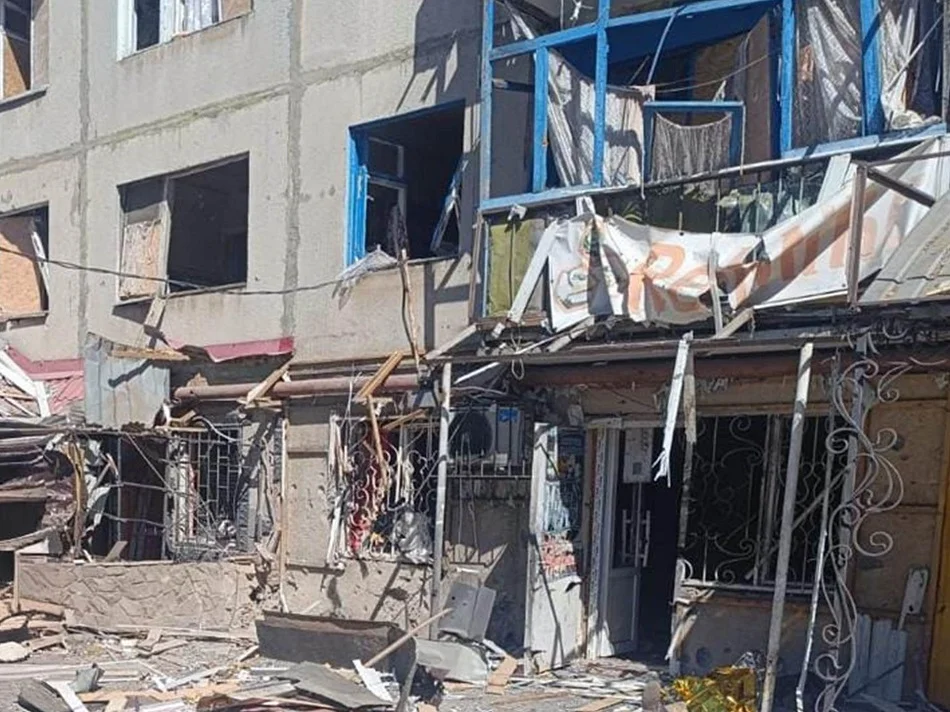On September 3, 2025, the city of Kostiantynivka in Ukraine’s Donetsk region became the latest target of Russian aggression, with a brutal artillery bombardment and FPV drone attacks claiming the lives of nine civilians and injuring seven others.
The assault, which struck a densely populated residential neighborhood, underscores the relentless terror inflicted on Ukraine’s civilian population, writes DROBRO, citing the Telegram channel DroBro24.
According to the Donetsk Regional Prosecutor’s Office, Russian forces shelled Kostiantynivka with tube artillery between 10:30 and 11:50 AM, targeting homes, streets, and a local shop. The attack killed three women aged 46, 72, and 74, and five men, with one victim’s identity still being verified. Six others sustained injuries and were rushed to a hospital. Vadym Filashkin, head of the Donetsk Regional Military Administration, reported that Russian forces also launched two FPV drone strikes on civilian vehicles, killing a 36-year-old woman and wounding another person.
The attack left a trail of destruction, damaging private homes, apartment buildings, a shop’s facade, and several market pavilions. A pre-trial investigation has been launched under Article 438 of Ukraine’s Criminal Code for war crimes, with prosecutors emphasizing that targeting civilians violates international humanitarian law. The full extent of the damage is still being assessed, but the scale of devastation is already evident.
Kostiantynivka, located near the front line, has faced repeated Russian attacks. Just a day earlier, on September 2, FPV drones struck a municipal bus, injuring three workers. According to a UN report, short-range drone attacks have become one of the deadliest threats to civilians in Ukraine’s front-line regions, causing at least 395 deaths and 2,635 injuries between February 2022 and April 2025. These figures highlight the growing danger of FPV drones, which are increasingly used to target civilians engaged in everyday activities.
The attack on Kostiantynivka is not an isolated incident but part of a deliberate Russian strategy to terrorize civilians, as Filashkin noted. Once a vibrant front-line hub, Kostiantynivka has been reduced to a shadow of its former self, with residents forced to seek shelter amid constant threats. Volunteers and locals continue to provide essential support, but the escalating use of artillery and drones makes their efforts increasingly perilous.
This tragedy underscores the urgent need for enhanced international support, particularly in supplying Ukraine with advanced air defense systems and artillery to counter Russian aggression. As investigations into this war crime continue, the international community must recognize that each civilian casualty represents a life shattered by Russia’s unprovoked war. Kostiantynivka’s grief serves as a stark reminder of the human cost of inaction and the necessity of standing with Ukraine to protect its people and restore peace.
